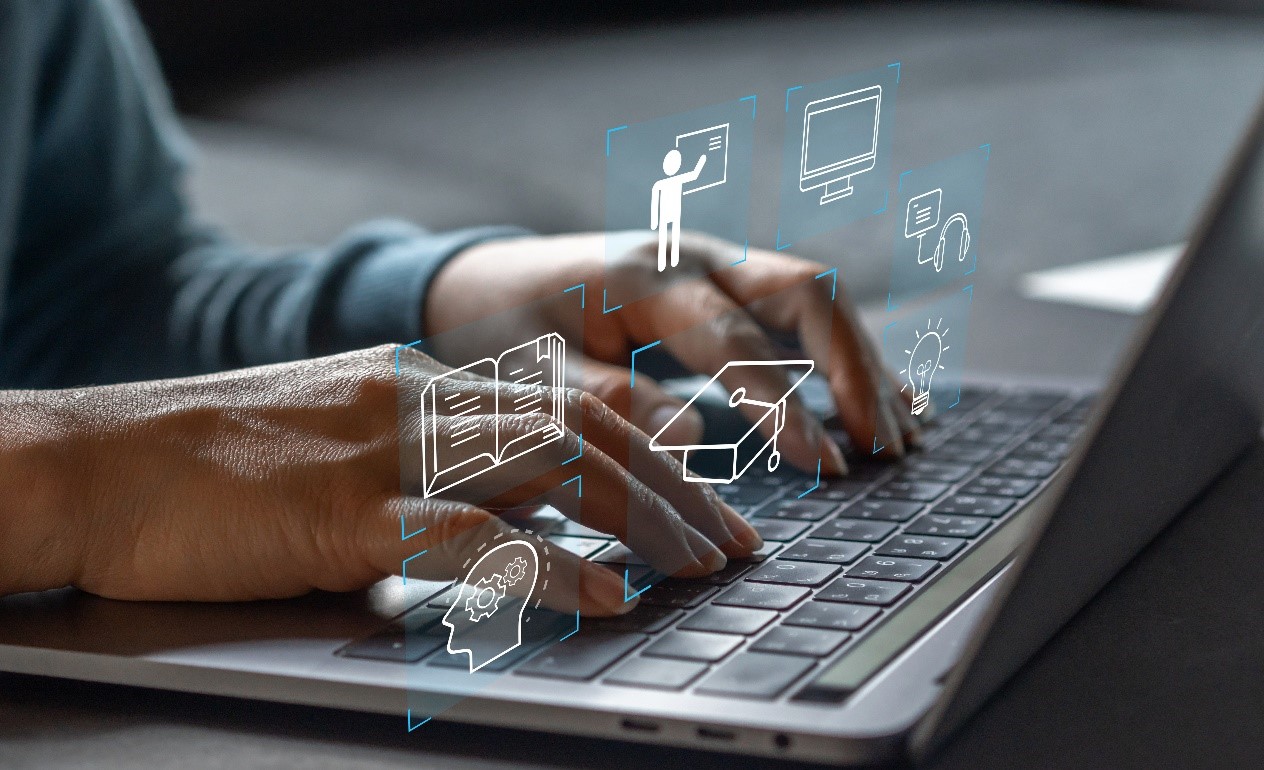
As the educational sphere continues to transform, problem-based learning (PBL) has surfaced as a key teaching method, emphasizing practical problem-solving and learner-focused education. The incorporation of technology into PBL has paved the way for amplifying this teaching technique, rendering it more efficient and reachable. In this piece, Alice C. Chang will delve into how technology plays a crucial role in augmenting problem-based learning settings. For further assistance with academic writing, you can visit this pay for essay writing service.
1. Access to Diverse Resources and Information
" Technology provides an abundance of resources at the fingertips of learners. Digital libraries, online databases, and the internet offer a wealth of information that students can use to research, analyze, and solve problems.
2. Enhanced Collaboration and Communication
" Digital tools like collaborative platforms, communication apps, and social media facilitate seamless collaboration among students, even remotely. This technology allows learners to work together, share ideas, and receive feedback in real-time.
3. Real-World Problem-Solving with Digital Tools
" Many modern problems require digital solutions. By integrating technology in PBL, students can use various software, simulation tools, and digital environments to experiment with and solve real-world challenges.
4. Interactive and Engaging Learning Experiences
" Technologies such as virtual reality (VR), augmented reality (AR), and gamification can make learning more interactive and engaging. These tools help in creating immersive experiences that deepen understanding and retention.
5. Customization and Adaptability of Learning Materials
" Educational technologies enable teachers to tailor learning experiences to meet diverse learning styles and needs. Adaptive learning software and platforms can provide personalized resources and activities based on individual student performance.
6. Immediate Feedback and Assessment
" Technology facilitates instant feedback, allowing students to understand their learning progress and areas for improvement. Automated quizzes, online assessments, and learning analytics tools help in evaluating student performance efficiently.
7. Global Perspectives and Connectivity
" Technology connects students across the globe, enabling them to work on problems that have a global context and significance. This exposure broadens their understanding and fosters a global perspective.
Despite its potential benefits, technology-integrated PBL comes with its own set of challenges. For instance, the introduction of technology can lead to distractions, making it difficult for students to stay focused. Moreover, not all students may have access to technology, which can create inequalities in the learning environment.
To overcome these challenges, educators need to adopt a strategic approach that balances the use of technology with traditional teaching methods. This can include developing clear learning objectives, providing adequate training and support, and using technology that is appropriate for the learning context.
Overall, Alice C, Chang believes the fusion of technology and problem-based learning presents exciting opportunities for educators to transform educational practices and outcomes. By embracing this approach, educators can create a more dynamic, engaging, and interactive learning environment that prepares students for success in the digital age. There are resources available for english essay help.